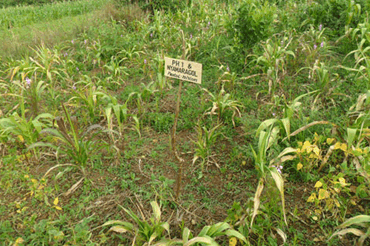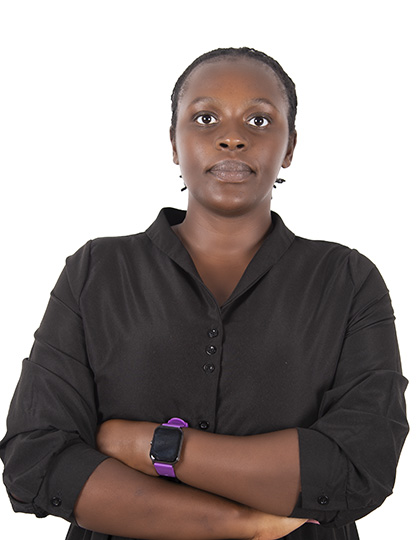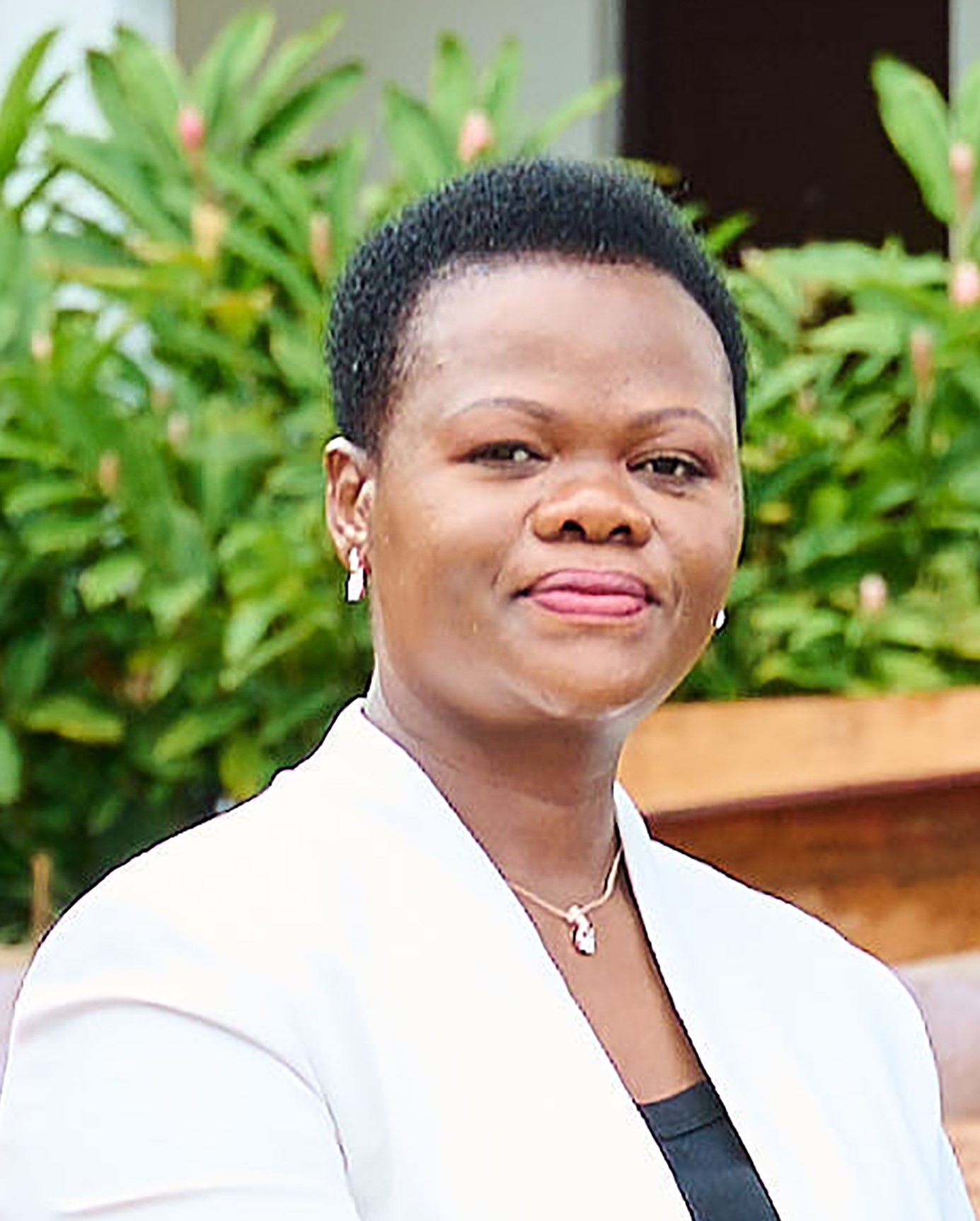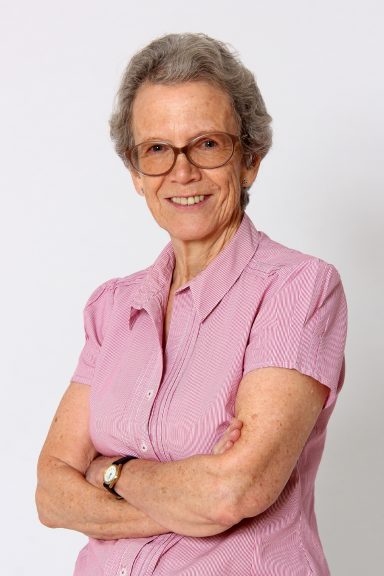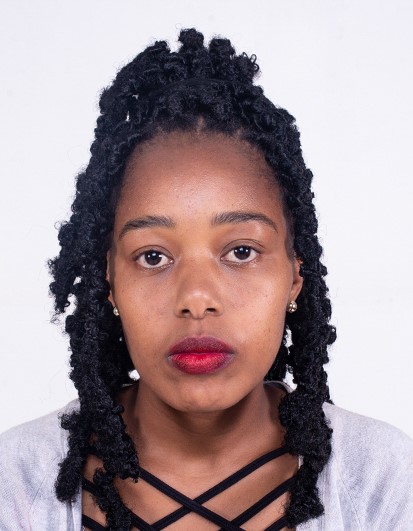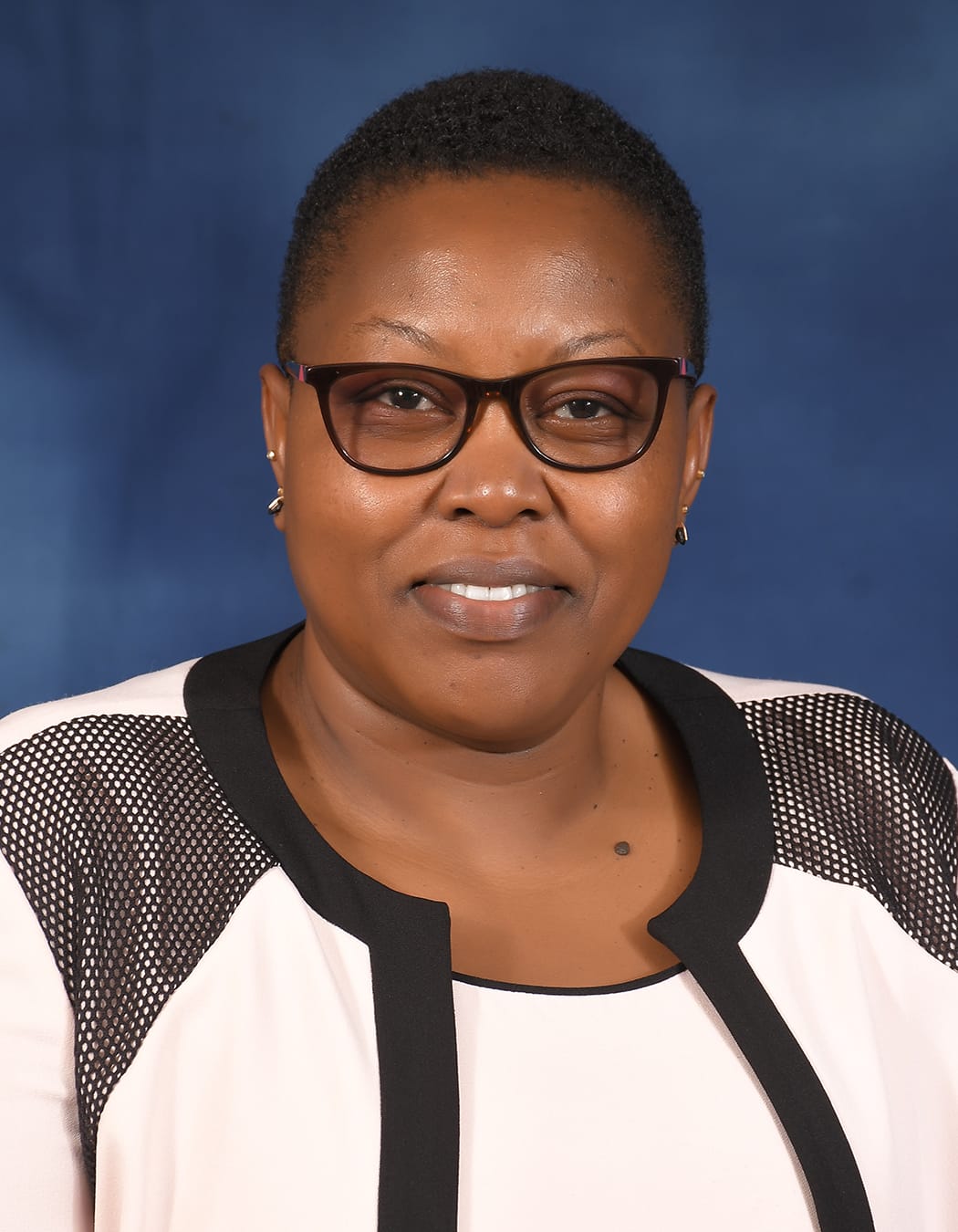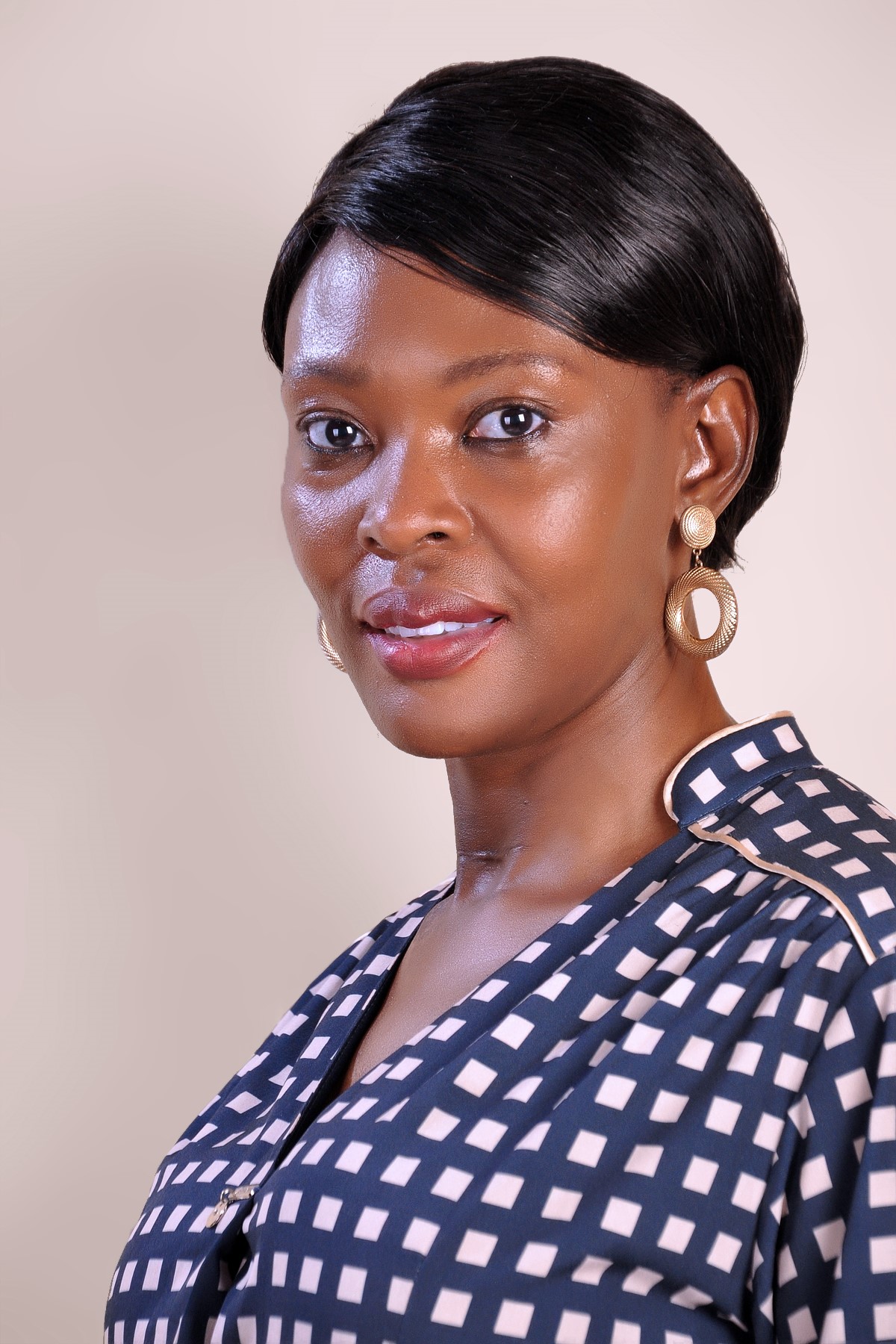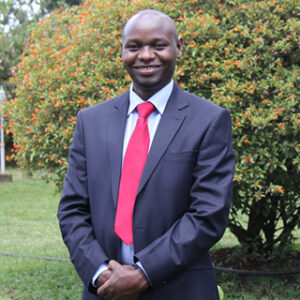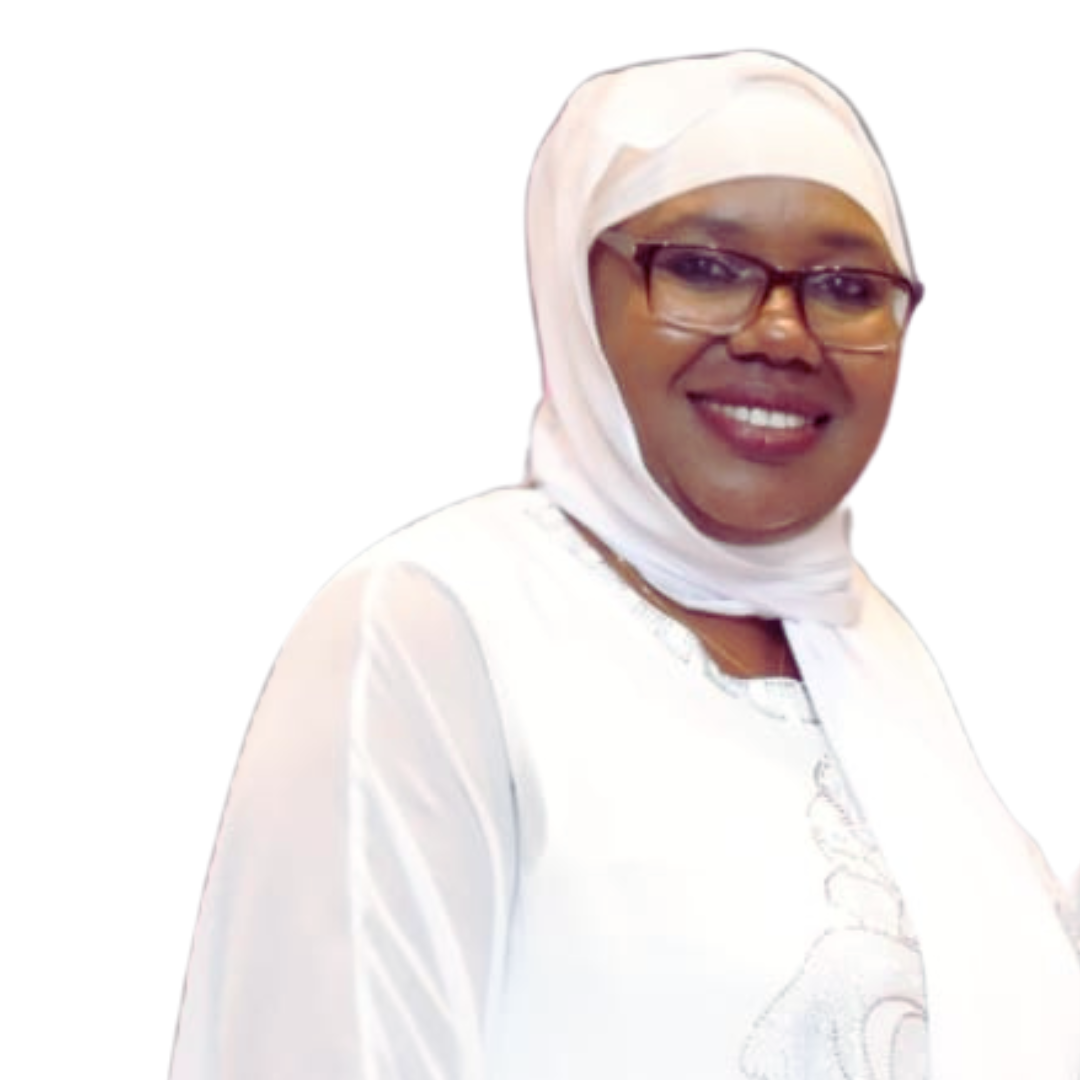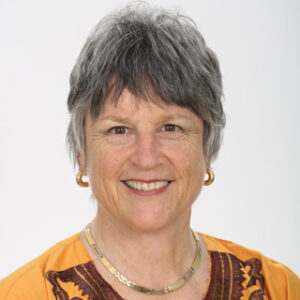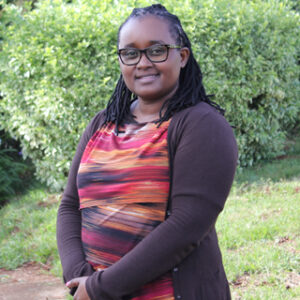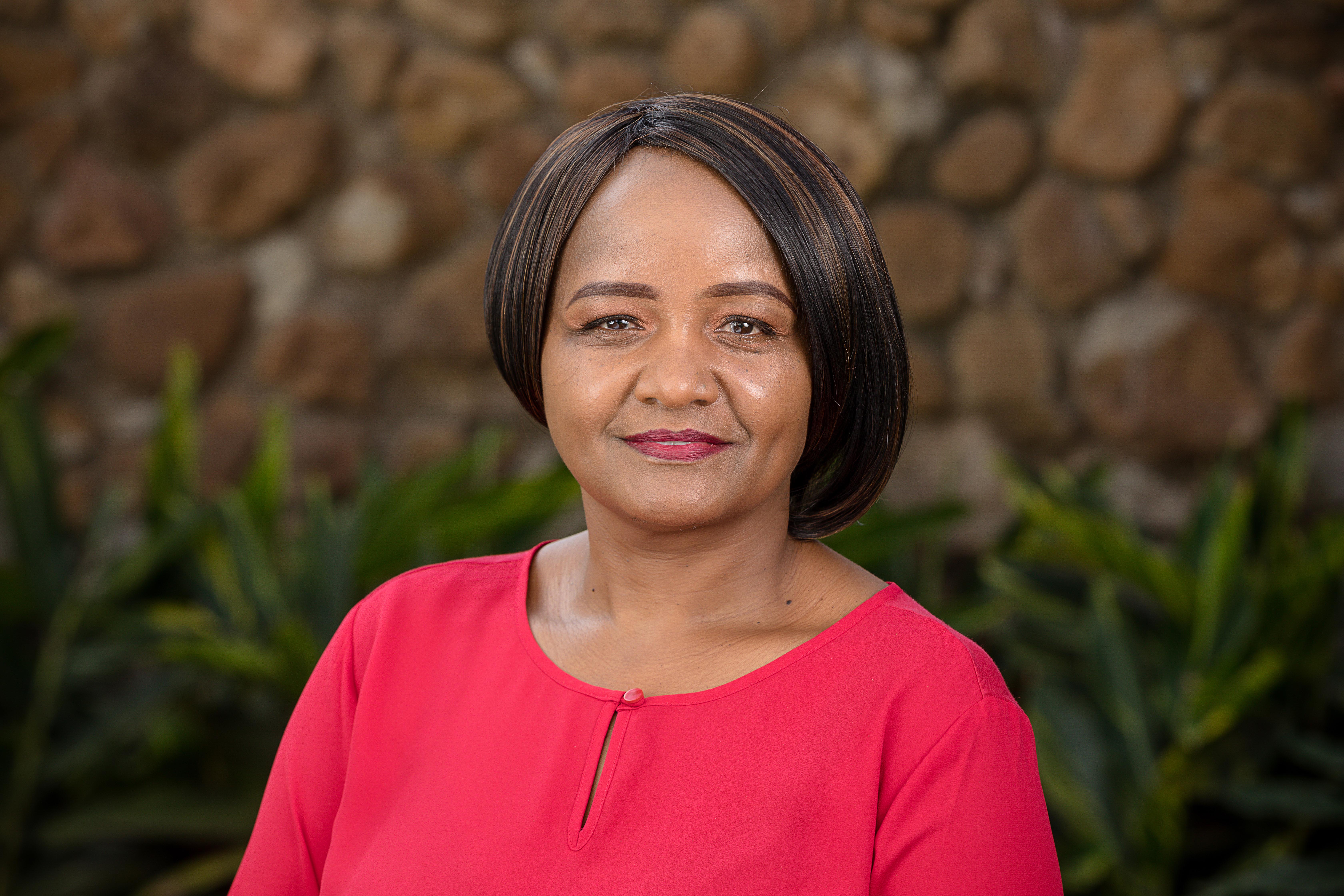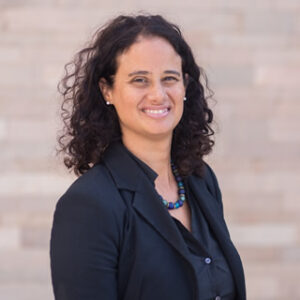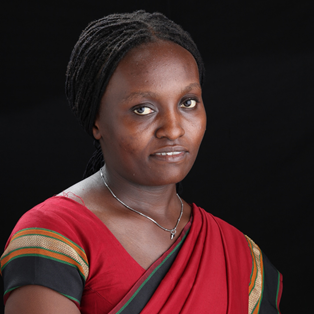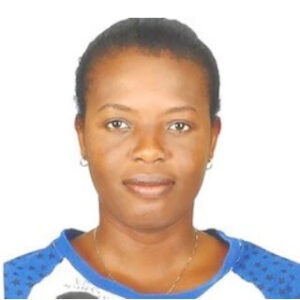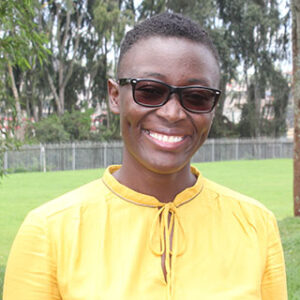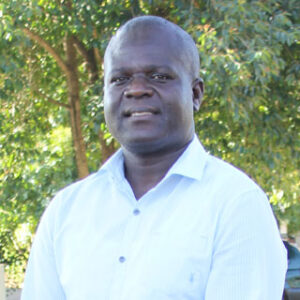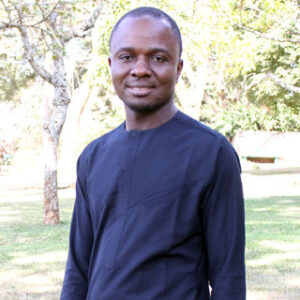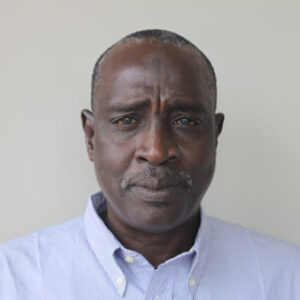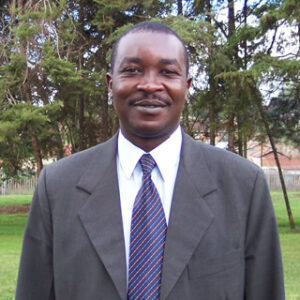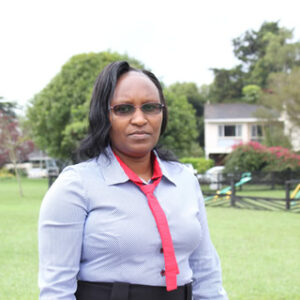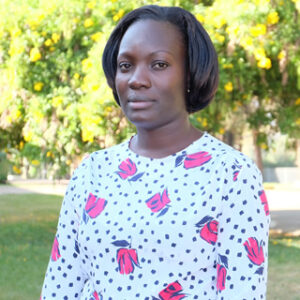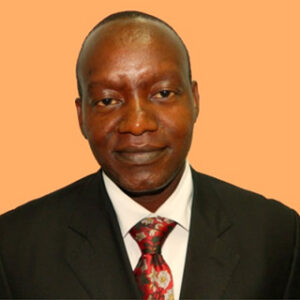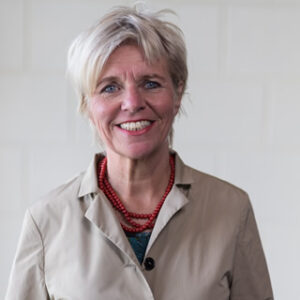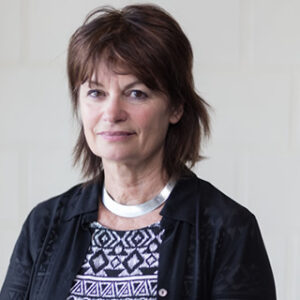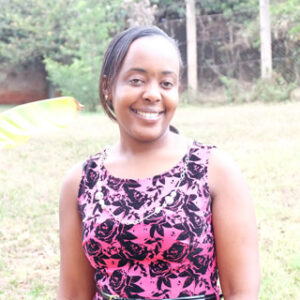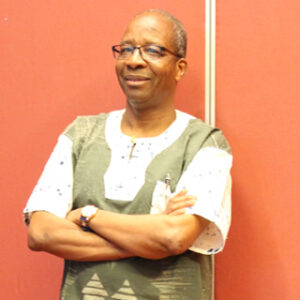- by AATF Africa
Imagine investing in a venture and reaping nothing at the end of the day. This is the sad story of Monica Mbeya – a primary school teacher who has been watching desperately as her maize crop is ravaged by the notorious Striga weed.
Monica like many other farmers in Kosele village, Rachuonyo district in Western Kenya devotedly put her money on her half acre virgin piece of land during the long rains of 2013 to grow maize with very high expectations that she would harvest enough for her subsistence and even have a surplus for sale. She bought 2kgs of certified maize seed for Ksh 400 together with 4kg of fertiliser just to ensure that her crop had the right nutrients. Land preparation also came at a cost. She paid Ksh 1,000 for clearing it since it was bushy and another Ksh 1,000 for ploughing and harrowing. In addition, planting the maize and the first and second weeding cost her Ksh 3,700. Cumulatively, Monica invested Ksh 6,460 with the hope of recouping her capital and even making some profit.
The crop had a good germination rate and seemed to be doing well until it started turning yellow and stunting with most of the maize plants reaching a knee-high maximum height. Monica thought this was because of the erratic rainfall but on comparing her maize with her immediate neighbor’s, she quickly realised there was a problem with her crop. The neighbor’s maize though seemingly affected by the drought was as tall as an average person and had strong stalks and had also started producing cobs. On further examination, Monica noted that her farm was full of weeds with nice purple flowers which she admits to have seen before but never thought would be a major problem in her farm since it was virgin. Her neighbour’s farm did not have the Striga weed as he had planted the Imazapyr Resistant (IR) maize variety that is used to control the weed. After consulting with the neighbor she agreed that her farm be used as an experimental site for comparison between IR maize and the variety she had planted.
Monica expects zero harvest from her half acre piece of land and all she can do is to count the losses. On asking her what she intended to do with the farm now that she had lost everything she says she had quit maize farming. After a lengthy discussion, Monica was however convinced to try it all over again by planting the IR maize variety like her neighbour.
Monica’s neighbor is a member of Pap Odhong self-help group. The group comprising 25 members (12 men and 13 women) had benefited from trial packs of WS 303 seed variety popularly known as IR maize to set up a demonstration plot. The packs were given to the group by Community Action for Rural Development, a local NGO which is partnering with the African Agricultural Technology Foundation to promote the Strigaway technology in the area to control the Strigaweed menace.
Monica knows this group but has not felt compelled to join them. She also admits to have been invited to farmer field days showcasing Striga control technologies but she has never attended any citing her busy schedule as a teacher.

